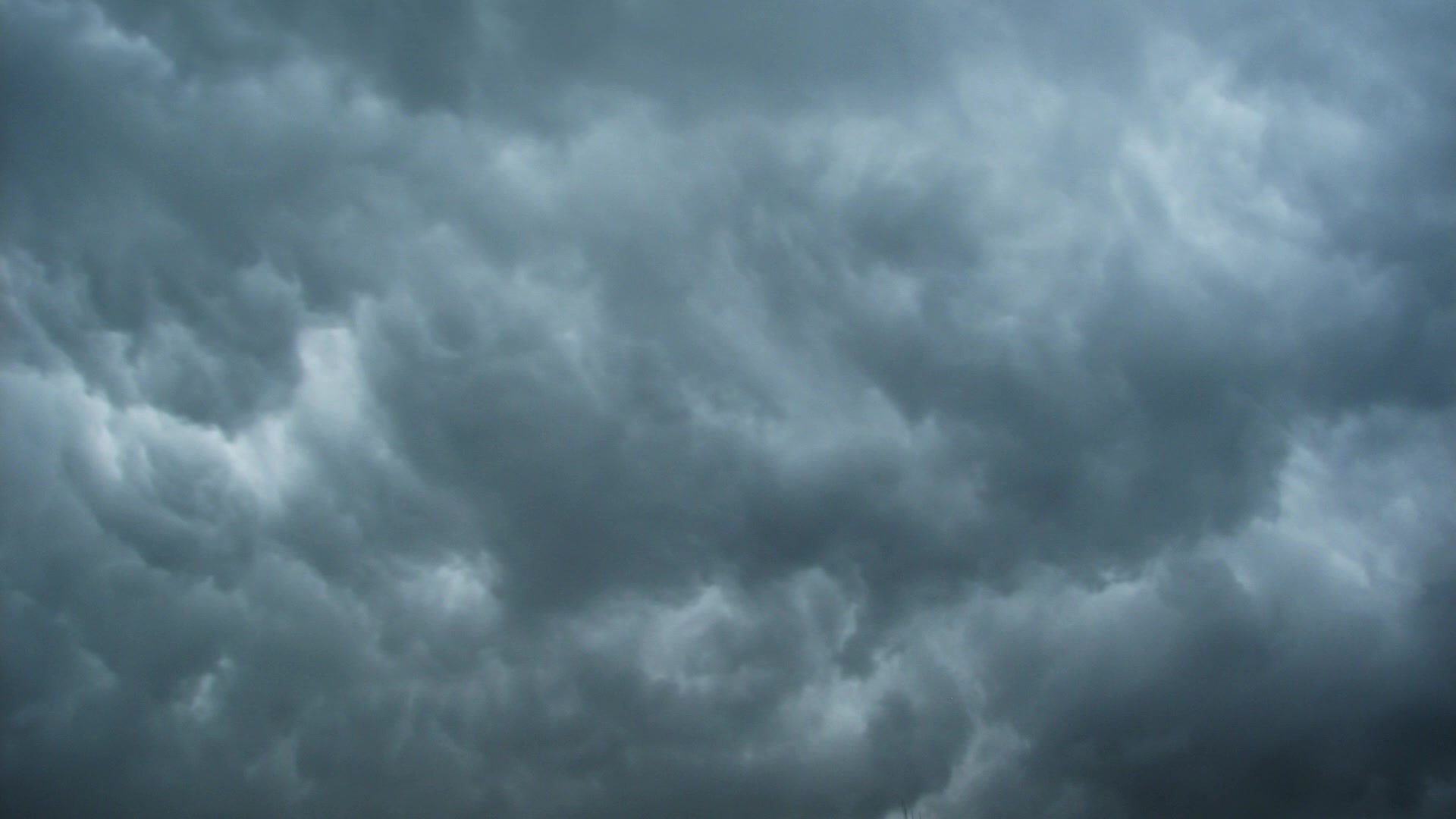Ambient Fail Threshold 5, 10, 19, 20 ?
- Stephen Biss
- Sep 7, 2022
- 3 min read
We know that the ambient fail threshold (the mg% point at which the exception error is flagged) on both the Intoxilyzer 5000/5000C and Intoxilyzer 8000/8000C floats up and down because the zero used by the instrument to calculate that threshold floats. The true threshold is never a fixed 5, 10, 19, or 20 mg/100 mls because zero floats. You can review numerous blog entries on this topic.
But what is the instrument software setting for the ambient fail threshold? Is it really 10 mg/100mls on the Intoxilyzer 8000C?
The CFS reported to the ATC the following in its revised evaluation of the Intoxilyzer 8000C (software version 8106.06) :

The software setting for the ambient fail threshold depends, however, on what the manufacturer writes into its software and into its software revisions. From time-to-time new software versions are issued and installed by the authorized service centre or downloaded by a police service. Below see an example of software update to version 8149.09.00 for Intoxilyzer 8000s in Ohio. Note that the ambient threshold was updated from 5 mg/100mls to 20 mg/100 mls.

"Legally relevant" has a technical meaning in legal metrology. It is submitted that All of the software is legally relevant. See OIML V 1, 4.08 [1] and 3.3.8 in OIML R 126-1:2021 (E). In the international literature of legal metrology, the software version is tied to type approval and conformity assessments. It is submitted that software changes related to the metrological characteristics of the instrument need to be transparent in Canada. Full disclosure of software changes affecting the metrological properties of approved instruments needs to be encouraged by the Courts.
What is the manufacturer's track history with transparency of the software ambient fail threshold on the Intoxilyzer 5000C? To what extent were changes to 5000C software made known to the Alcohol Test Committee and the Minister of Justice? Did the CFS have only limited information from the manufacturer as to the 5000C ambient fail system?

The excerpt below is from a very early 1994 CFS Intoxilyzer 5000C Training Aid. Note that officers were trained that the software triggers ambient fails at 10 mg/100mls.

Considering that section 320.31(1)(a) of the Criminal Code requires proof beyond a reasonable doubt of:
"before each sample was taken, the qualified technician conducted a system blank test the result of which is not more than 10 mg of alcohol in 100 mL of blood",
then surely the defence may wish to raise Interpretation Act "evidence to the contrary" to dispute any statutory or other presumption/inference that the Certificate of Qualified Technician, the instrument printout, or the operator's viva voce evidence or hearsay, establishing that there was a system blank test that is a condition precedent to conclusive proof. All of the metrologically relevant software becomes legally relevant. The software version and the true ambient fail software threshold must be made transparent to the defence to permit full answer and defence on that issue, upon a proper request.
Interestingly, from a Jackson, Vallentgoed, Gubbins, Stipo perspective, the relevant time of proper working order becomes the point at which the system blank tests were run, not the point in time of the subject tests.
Please note that the CFS does not appear to be sampling Ontario 8000C instuments in-the-field (of various software versions) to study ambient fail thresholds, in controlled (lab conditions) or uncontrolled settings (at the detachment or breath truck). Please let me know if you have information to the contrary.

Comments